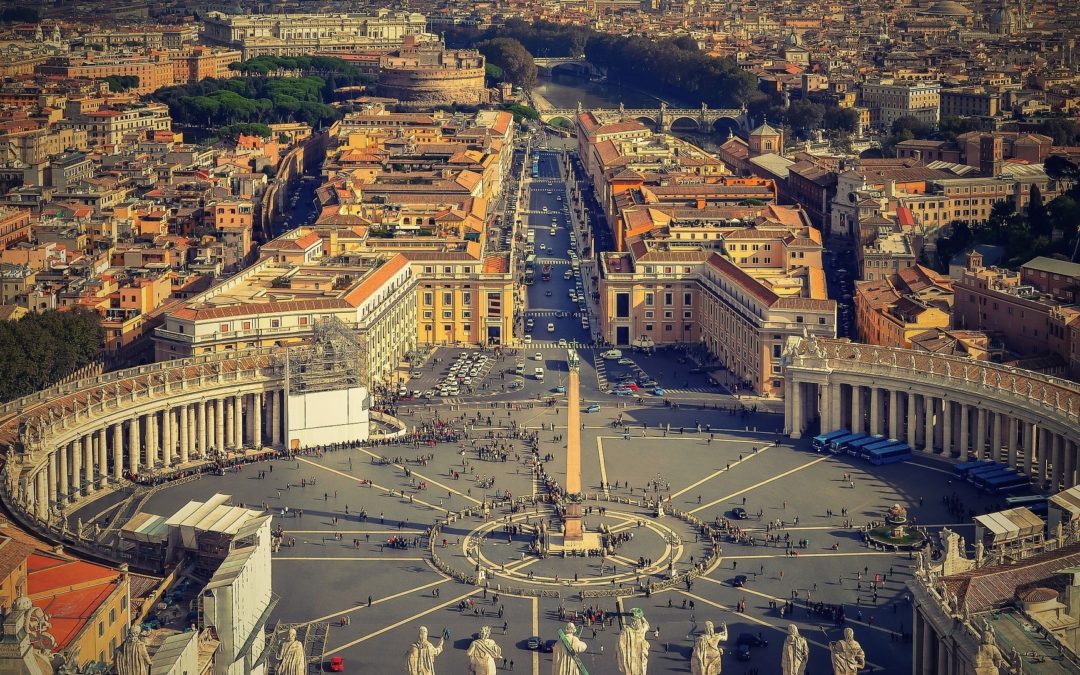Rome – The Eternal City
Italy’s capital city is synonymous with historic chapels, influential art and famous museums. Days can be enjoyed navigating the cobbled alleyways among the noise of passionate Italian’s plying for business at their gelataria or pasteria as you wander by. Evenings spent with a glass of Sangiovese tasting rich pasta sauces and famous thin based pizzas, topping off a day exploring with trademark Italian romance.
Rome is a traveller’s hot spot and has plenty of key attractions to cement this city as a European highlight.
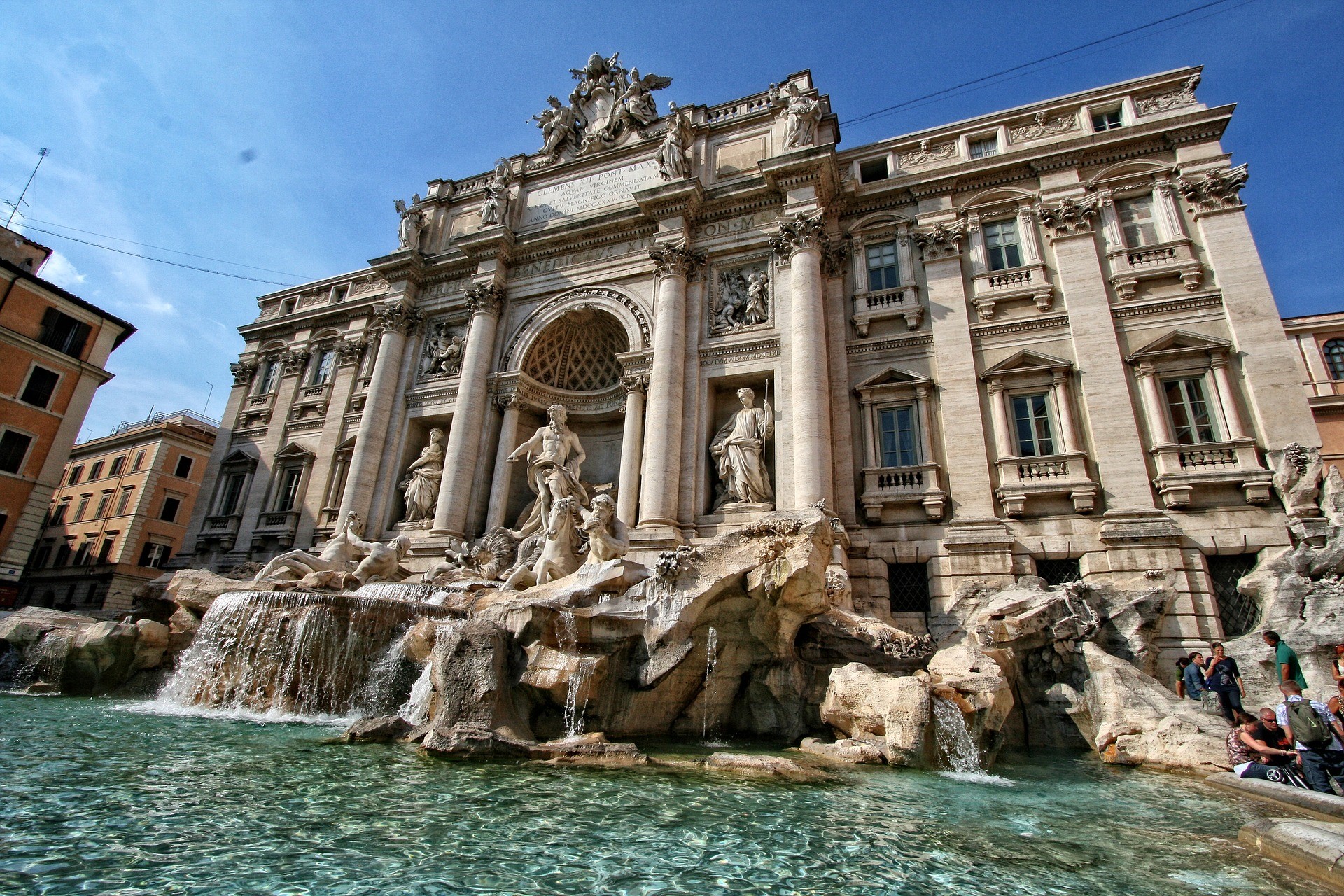
Trevi Fountain
It’s said that throwing a coin over your left shoulder into the fountain will ensure you return to this romantic city. By throwing a second you’ll find great Italian love and a third will see you marry. But the Trevi Fountain is more than legend.
Taking 30 years to complete in 1762 this grand monument is located in the heart of Rome’s city centre, between narrow cobbled alleys and Italian terraced store fronts. Depicting an ocean on a chariot that is pulled by horses at the helm of newts, it’s a grand spectacle of epic proportions at 26 metres high and almost 50 metres wide.
The detail and condition of the Trevi Fountain is certainly impressive. A building more than 250 years old appears remarkably in tact as though it is little more than a day old.
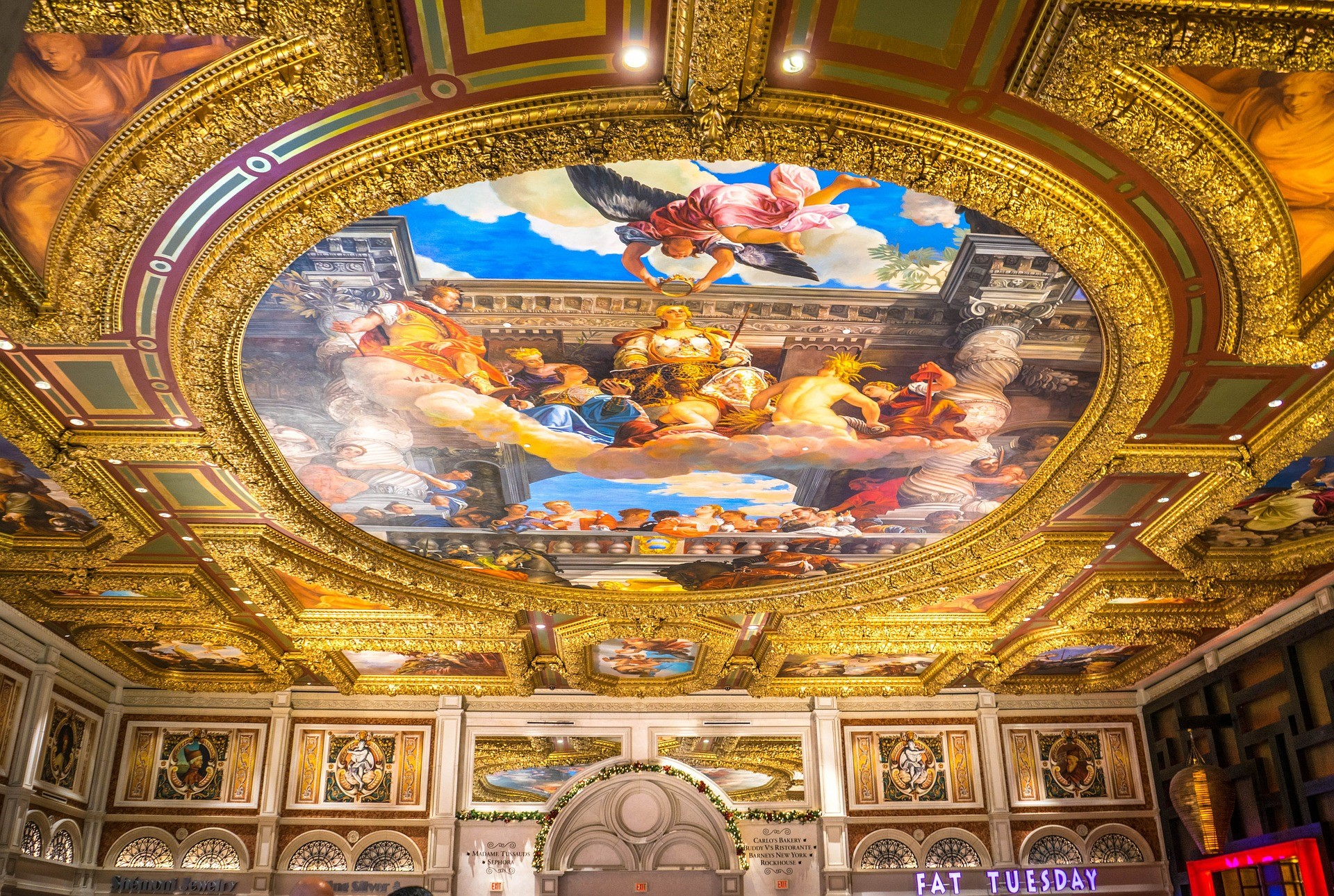
Sistine Chapel
Most famous for the renaissance frescoes by Michelangelo, The Sistine Chapel is one of the Vatical Cities museums.
Built in 1481 for Pope Sixtus IV, the architecture of the chapel itself can present as somewhat underwhelming – despite the arched windows and barrel-vaulted ceiling – but once inside, prepare to be delighted.
Frescoes cover the walls and ceilings, dating back to 1483 and leaving no original wall space untouched. Among the art are depictions of the life of Christ, Moses and various popes. The lower portions of the walls are covered in depictions of events from Gospels and acts of the Apostles, designed by Raphael.
The most celebrated art in the Sistine Chapel are the works of Michelangelo on the ceiling and behind the altar. These were commissioned by Pope Julius II in 1508 and painted through to 1512.
Visitors to the Sistine Chapel will most certainly encounter lengthy times in queue and with strict final entry times we recommend that the Sistine Chapel is among the first of a days activities, in Rome.

The Colosseum
Made famous in modern times by Russell Crowe’s movie, The gladiator, the Colosseum presents a history that is every bit as barbaric as the movie depicts. Visiting the Colosseum takes travellers back to A.D 72, when the amphitheatre was built, through head sets in all languages, allowing the full scale of this structure to unfold today.
Although two thirds of the amphitheatre has been destroyed and valuable materials of the building long since looted, the Colosseum’s shell is very much in tact. Located in the centre of Rome with busy streets surrounding as though to mark the centre of a round-a-bout it’s intriguing to understand the events which once took place here.
Under the ruling of the Emperor Titus, The Colosseum opened with 100 days of games and went on to become an arena for mock combats, wild animal and gladiator fights, among other forms of entertainment. Most of the gladiators involved were condemned criminals, prisoners of war, or slaves.
The Colosseum, rightfully so, remains one of Rome’s busiest attractions.
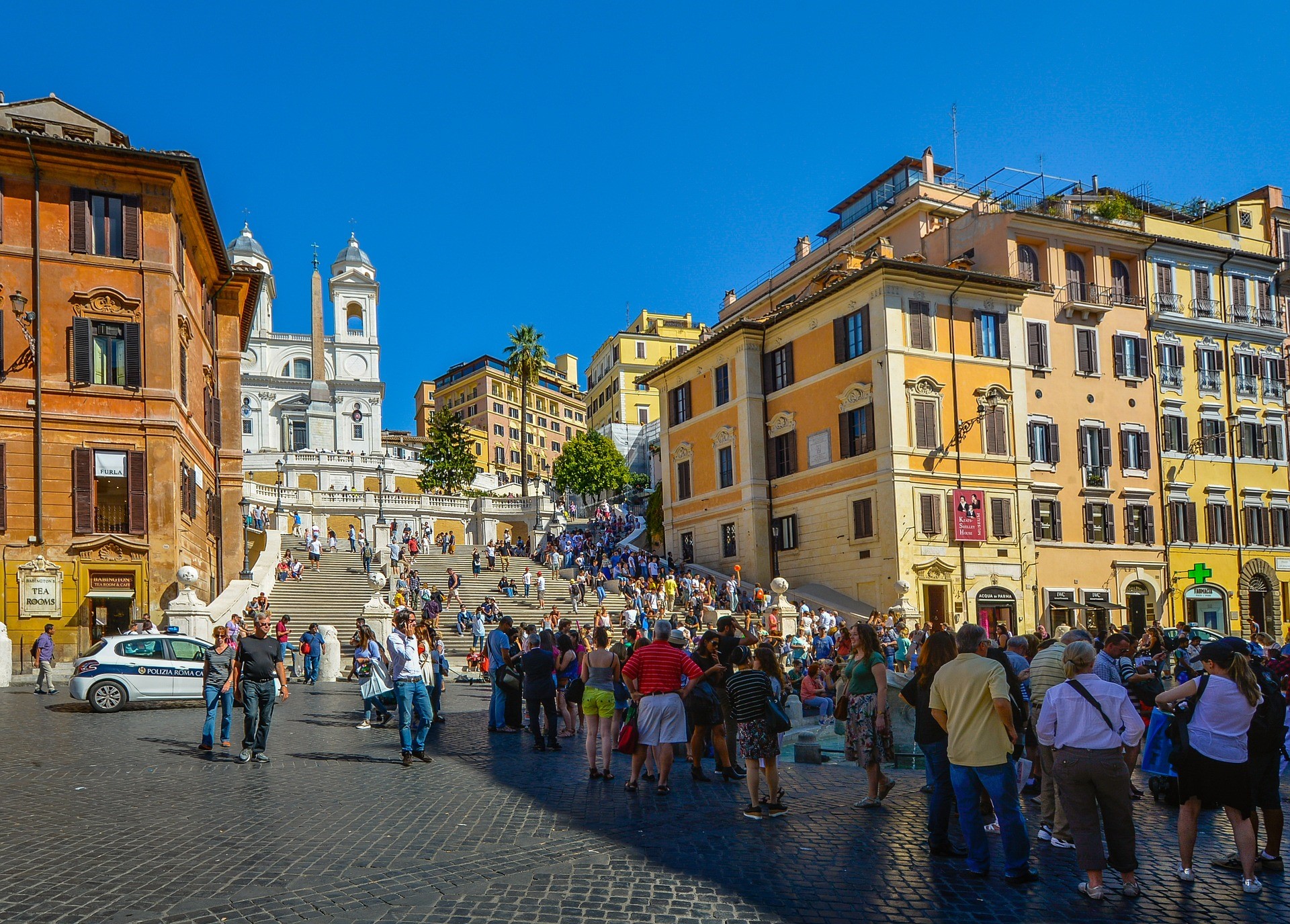
The Spanish Steps
Known locally as The stairway of Trinità dei Monti, is a staircase comprising of 11 ramps with 12 steps in each, that snake their way upward to connect the French precinct with that of the Spanish below.
Mostly a thoroughfare of convenience, but the Spanish Steps are widely reported to be one of the most romantic areas of Rome and a popular place for marriage proposals to take place!
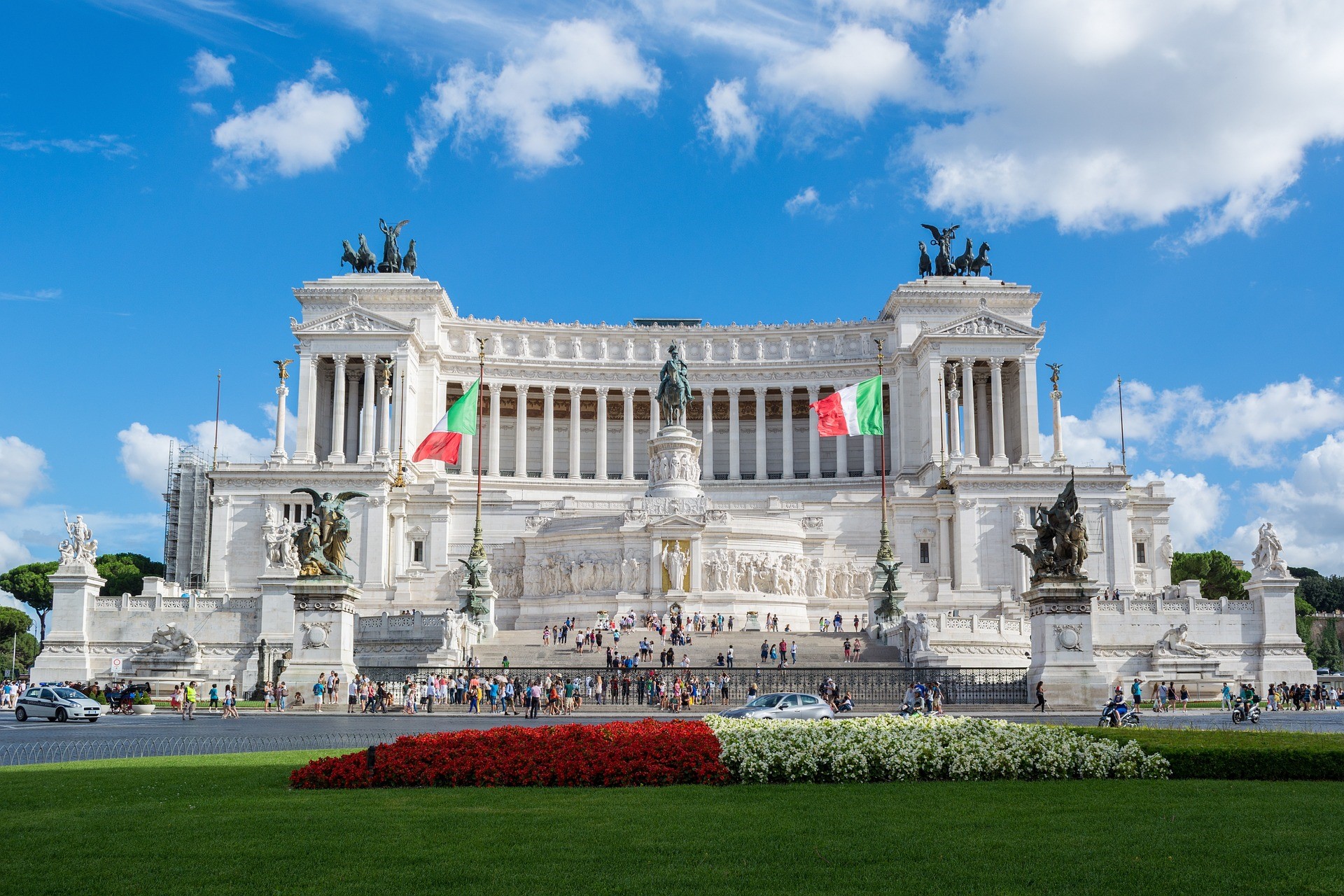
Vittorio Emanuele II Monument
Located adjacent to the Colosseum, the Vittorio Emanuelle II Monument was completed in 1935 as a monument to the first King of a free Italy.
The monuments neoclassical design depicts the Roman forum with a sculpture of Victor Emmanuel II, two statues of the goddess Victoria, fountains and references to equestrian. At the base, there is a museum and in 2007 a lift was added to the monument to allow travellers panoramic views of Rome.
Words by: alexchasingdreams.com
@alexchasingdreams

